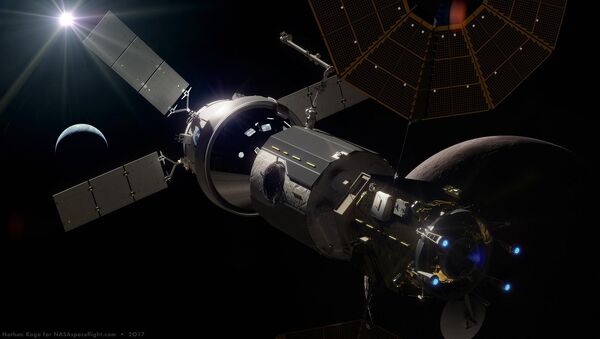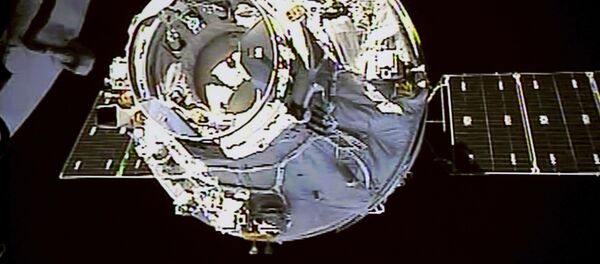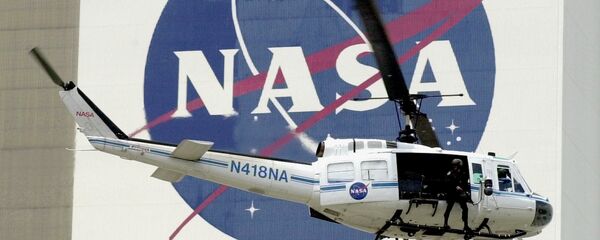Sputnik: NASA is planning to award the first contracts for Gateway construction next year. How big of a step is it?
Philippe Schoonejans: I think it’s a big step for us and for everybody. Now you can see that it’s getting very, very serious. The White House is very much behind it, and we’ve spent some years talking about it and dreaming up a concept, and now it’s finally happening.
They are pulling out contracts, so it’s the first step of the contracts for the first element of this Deep Space Gateway, or Lunar Orbital Platform, and once that is there, then it is also clear that the thing is really going to happen.
I think it made quite a difference. Also, some design decisions have to be taken now, which will of course have an impact on the next elements that are going to be launched. So, the whole thing has led to quite an acceleration in activity in NASA and therefore in the rest of the world.
Sputnik: Philippe, could you explain to our listeners how significant is this establishment of a lunar base in terms of space exploration, just so that the average person on the street can understand how massive this is in terms of space exploration?
Philippe Schoonejans: It’s very big, because it’s the first step towards also going to Mars. I think all of the agencies have in any case the goal that eventually they want to go to Mars, with people also.
But we have so much to learn before we could actually go there. We need to know what it’s like to be in deep space and to deal with the cosmic radiation of deep space, or to deal with the fact that you have to live and work there without having the benefit like we have on the International Space Station, which is actually quite close to Earth, where you can have rockets going up and down all the time to send supplies. We have to learn a lot. For a long time, NASA was only interested in it because of going to Mars.
This whole lunar thing was an exercise to train for all of that and to figure out what to do, all the others are very interested in the moon itself also, for a scientific interest in the moon. And it also goes back to the moon research. In the meantime, NASA has changed its mind: it’s now also interested in the moon research.
It’s big for two reasons: because we want to study the moon and go back to from where humanity has left with the Apollo days; there is so much more research that we know now that we really need to do that. And the other purpose is definitely to prepare for going to Mars. Yes, it’s big.
Sputnik: How costly and technically complex is it to launch and maintain such a base? How achievable is the aim to make the lunar base operational by 2025? Is that realistic, do you believe?
Philippe Schoonejans: Yes. The words we’ve used very often in our discussions is that the schedule is "aggressive, but doable." Yes, this is definitely what we are aiming for. And if it ends up being delayed a little bit, that’s okay, it’s always possible. We don’t know what’s going to happen. We are trying to do something, which hasn’t been done before.
READ MORE: US Offers to Use Its Space Suits Instead of Russian Ones for Spacewalks — Source
But it’s definitely our aim and it’s technically complex and costly, although we see that NASA is covering the cost for a large part of the Orion and SLS orbit launcher, but ESA is also making about half of the Orion crew capsule, so we are going to end up spending money on some of those crew capsules that should go there.




